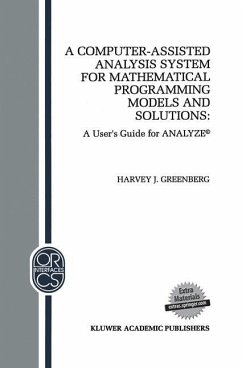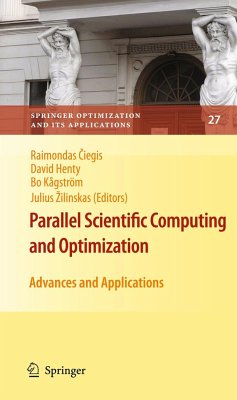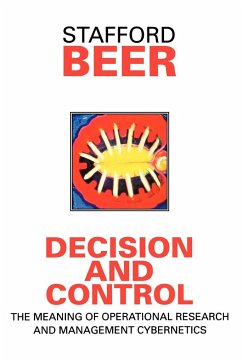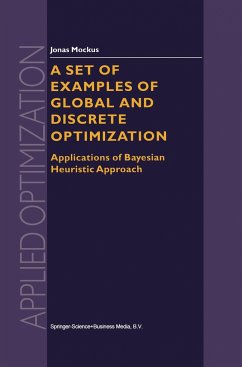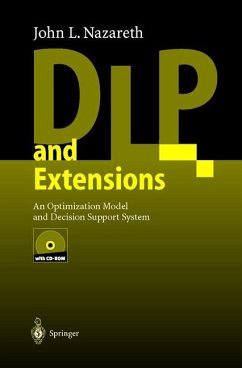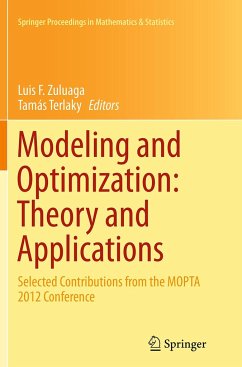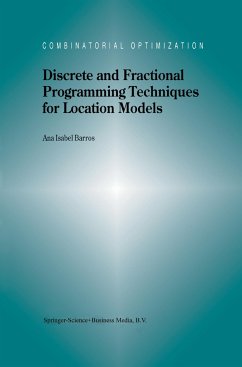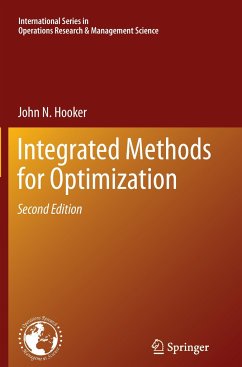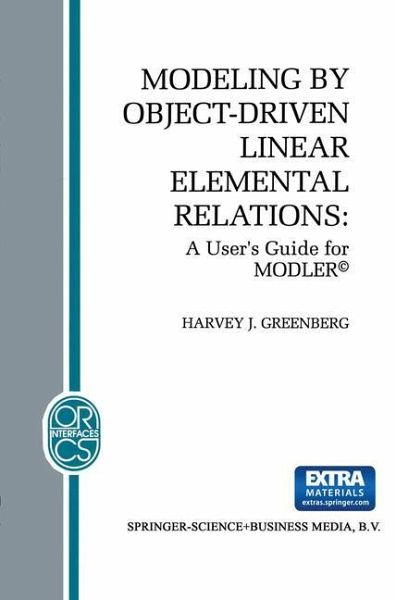
Modeling by Object-Driven Linear Elemental Relations
A User's Guide for MODLER(c)

PAYBACK Punkte
58 °P sammeln!
Modeling by Object-Driven Linear Elemental Relations (MODLER) is a computer language for representing linear programming models, completely separate from instances defined by data realizations. It also includes representations of binary variables and logical constraints, which arise naturally in large-scale planning and operational decision support. The basic input to MODLER is a model file, and its basic output is a matrix file that is in a standard (MPS) format for most optimizers and for ANALYZE and RANDMOD. MODLER can also generate a syntax file for ANALYZE to enable automatic translation ...
Modeling by Object-Driven Linear Elemental Relations (MODLER) is a computer language for representing linear programming models, completely separate from instances defined by data realizations. It also includes representations of binary variables and logical constraints, which arise naturally in large-scale planning and operational decision support. The basic input to MODLER is a model file, and its basic output is a matrix file that is in a standard (MPS) format for most optimizers and for ANALYZE and RANDMOD. MODLER can also generate a syntax file for ANALYZE to enable automatic translation of activities and constraints into English for intelligent analysis support. The book is accompanied by a DOS version of MODLER on 3.5 inch diskettes and A Laboratory Manual for Teaching Linear Programming is available upon request.





